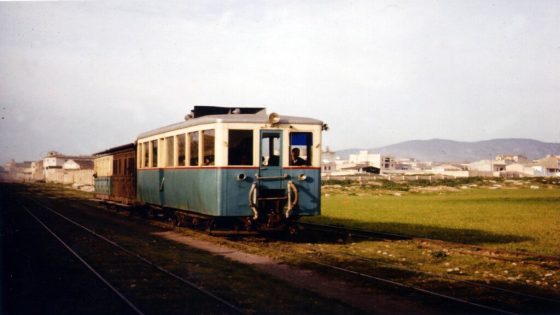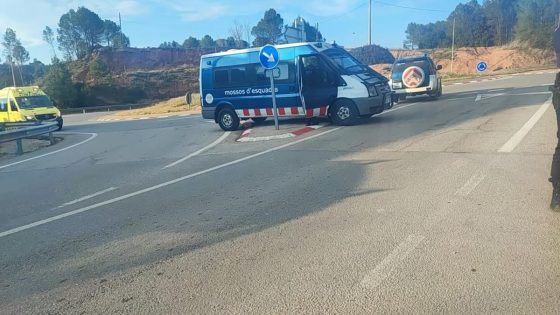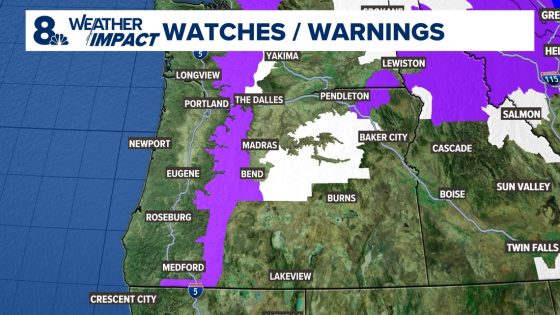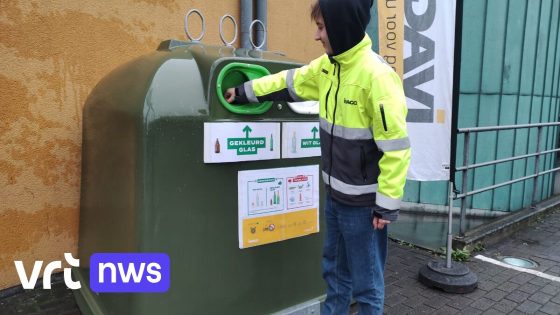On February 24, 2025, Mallorca celebrates 150 years since the first train journey from Palma to Inca. This historic event marked the beginning of a modern transportation network on the island. However, has the promise of efficient public transport been fulfilled over the years?
- First train journey in Mallorca: February 24, 1875
- Train network peaked with 280 kilometers of track
- Economic decline after 1930s affected rail services
- Current train frequency inadequate for commuters
- Promised train extension to Llucmajor by 2032
- Historical train projects failed in Menorca and Ibiza
While the train once symbolized progress, today, many residents find themselves grappling with limited options. Is it time for a transportation overhaul in Mallorca?
Understanding the Evolution of Mallorca’s Train System and Its Impact
How has Mallorca’s train system changed over the past 150 years? Initially, it connected various towns across the island, fostering economic and social growth. Today, however, the focus has shifted to private vehicles, leading to congestion and limited public transport options. Is this sustainable for the future?
Current State of Train Services in Mallorca: A Mixed Bag
While the train connects Palma with Inca, Manacor, and La Pobla, the service frequency is often inadequate. Commuters like Lluís express frustration over long wait times and extended travel durations. What can be done to improve this situation?
Challenges Facing Mallorca’s Public Transport System
Many residents face daily struggles with the current transport system. Here are some key challenges:
- Infrequent train services, especially outside major routes.
- Long travel times compared to driving.
- Limited connections for remote areas like Artà.
- Increased reliance on private vehicles, leading to congestion.
Future Prospects: Promises and Plans for Improvement
Recent announcements from government officials include plans to extend the train network to Llucmajor, which could enhance connectivity. Will these promises materialize into tangible improvements for commuters? The proposed project aims to connect key areas, including the airport, but skepticism remains.
Comparing Mallorca’s Transport Challenges to U.S. Cities
Like Mallorca, many U.S. cities struggle with public transport inefficiencies. The reliance on cars leads to traffic congestion and environmental concerns. Could lessons learned from Mallorca’s history inform better transport solutions in American cities?
As Mallorca reflects on its transportation history, the need for a robust public transport system becomes increasingly clear. Will the island rise to the challenge and create a future where trains are once again a viable option for all residents?
































